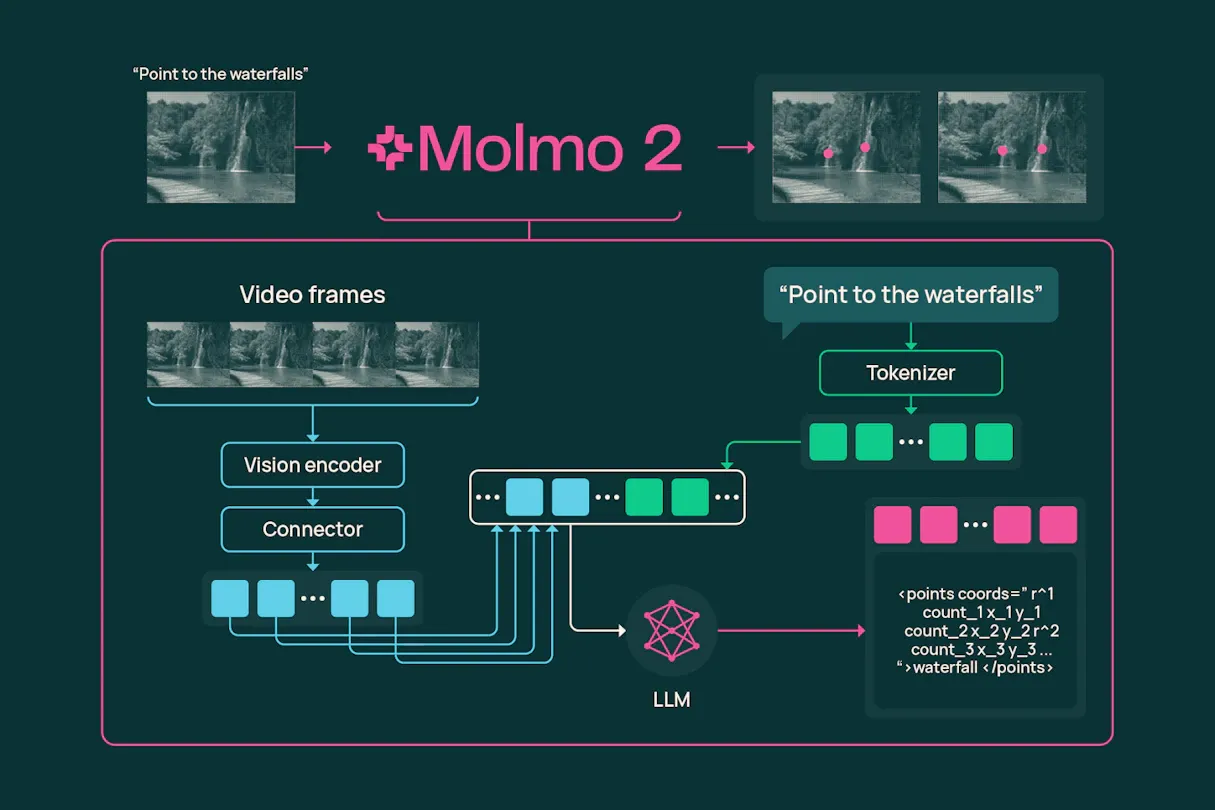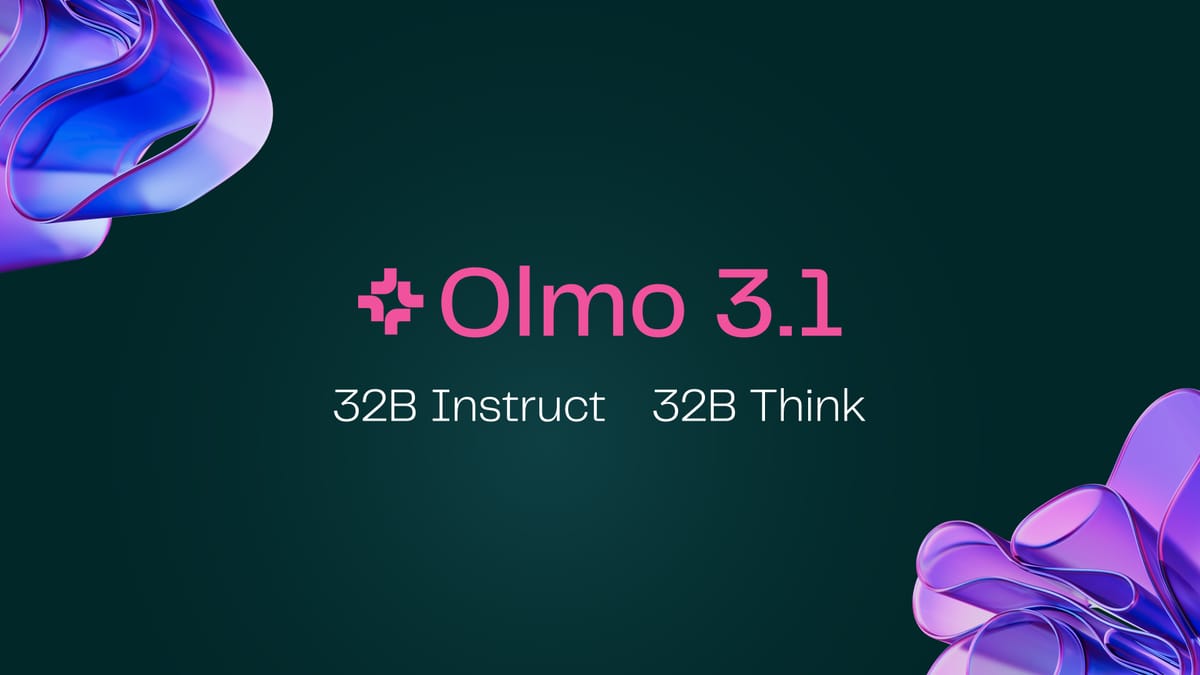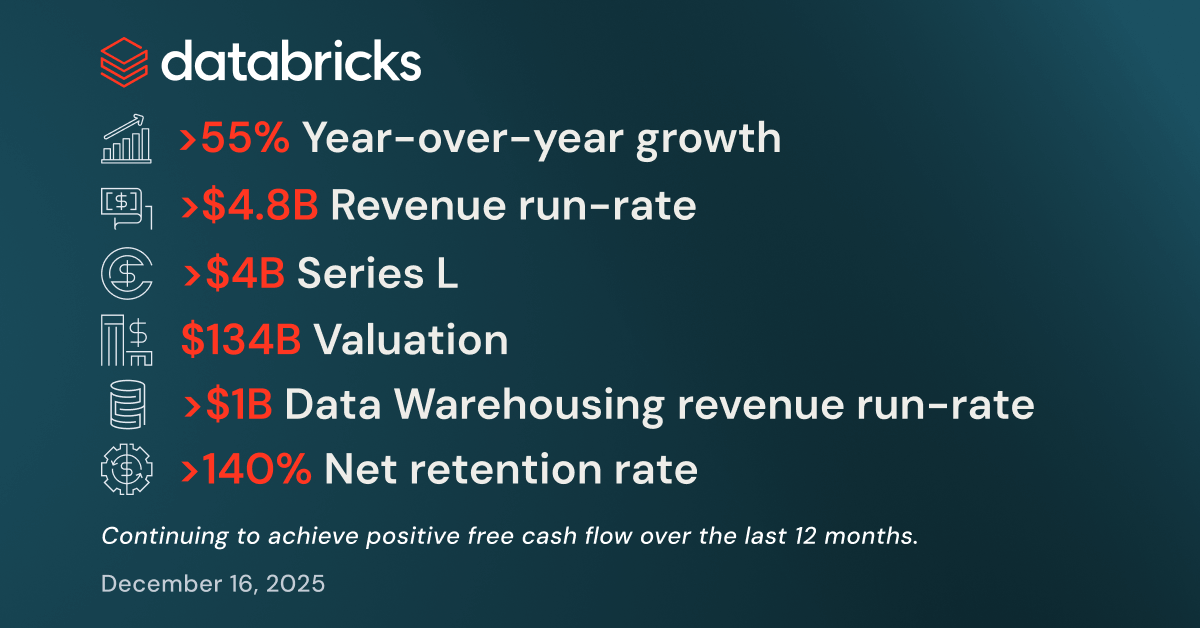In a recently published paper in Science, researchers associated with Google DeepMind detail the experimental process behind the Habermas Machine, an AI system inspired by philosopher Jürgen Habermas' theory of communicative action and designed to mediate in collective discussions of divisive topics. Specifically, the researchers wanted to see if AI could assist in enabling individuals with diverse viewpoints to find common ground by writing group statements and refining them after receiving critique from those involved in the debate.
The Habermas Machine consists of two components, both fine-tuned versions of the Chinchilla LLM. The first component receives the individual opinions of participants in a debate, and outputs several group statement candidates, which are then evaluated and ranked by the second system component according to participants' predicted preferences. The debate participants are shown the winning group statement and allowed to write a critique. Then, the initial opinions, the winning statements, and the critiques are fed into the system again, so that the first component can generate a new set of group statements for the second one to rank. Finally, the participants are shown the initial and final group statements to decide which is better.
Among the main results, the researchers found that the Habermas Machine could generate group statements that were preferred to those of human mediators. Working with groups of six participants, an individual in each group was randomly selected as the human mediator and asked to write a group statement (which wasn't subjected to the refinement process). Even when controlled for length, participants in the experiment showed a strong preference for the Habermas Machine-generated statements.
After the experiment, the researchers also found the participants' opinions had noticeably shifted towards the majority opinion. To test the potential impact of AI mediation on the change of perspective, the researchers also performed an experiment in which participants shared their opinions with the group, unmediated. In this case, there was no significant shift. Crucially, the research group also found pronounced changes in the endorsement of the majority view in groups where the human mediator's group statement beat the Habermas Machine's, suggesting that it may be the caucus process and not necessarily the AI mediator, which supports convergence to the majority view.
The research group also performed experiments to see how well the Habermas Machine represented minority views in the group statements, and to ensure that changes in opinion were not simply due to exposure to the majority view. They found that on the first group statements round, minority opinions carried a weight that closely matched their frequency in the individual opinions but found their weight increased after the second round. The hypothesis is that the Habermas Machine represents all opinions equally, which prompts criticism from those holding the minority view, leading to a revised group statement that emphasizes the minority opinion more.
Finally, to test the Habermas Machine using a 'real-world' sample of the UK population, the research group partnered with the Sortition Foundation to run a 200-participant virtual assembly representative of the UK population. In this 'real-world' scenario, the researchers were able to reproduce the results from the other experiments in relation to the endorsement of group statements and the shift towards the majority opinion.





Comments